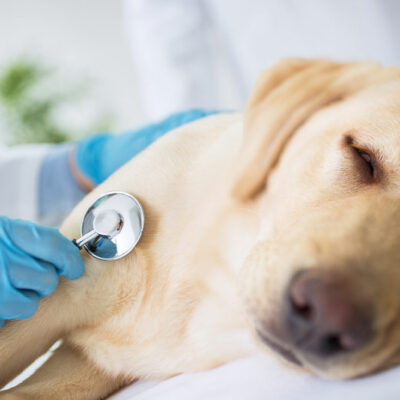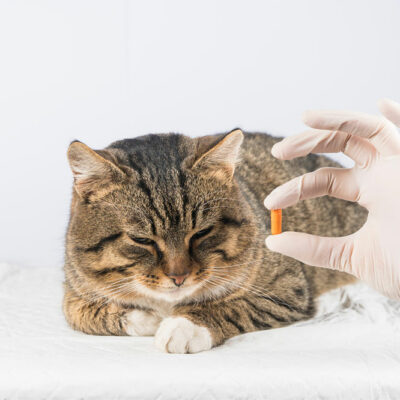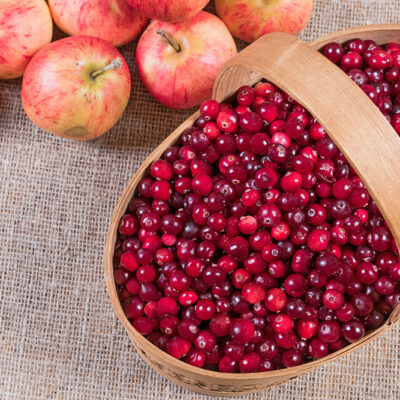
Pets
8 human foods that are harmful for dogs
Pets go on to become a vital part of one’s life. And as responsible pet parents, it is also essential that one dawns the strict parent mask and learn to say no to sharing food off of our plate. Sometimes one can go on to share a bite or two from their plates. However, certain human foods can be extremely harmful to dogs. Therefore, it is important to check the food items that are given to them. Chocolate A sweet temptation turned toxic. Chocolate is a heavenly indulgence for humans but a dangerous poison for dogs. This delectable treat contains theobromine, a stimulant that is usually considered a healthy outcome from this indulgence. However, as dogs metabolize theobromine differently and more slowly than humans, its presence for prolonged periods in excessive quantity can cause toxicity. This can result in symptoms like vomiting, diarrhea, rapid breathing, elevated heart rate, seizures, and even death. It’s important to note that the darker chocolate, the higher the levels of theobromine it contains. So, keep those chocolate bars, cocoa powder, and even chocolate-flavored desserts securely out of your pet’s reach. Onions and garlic Onions and garlic are crucial to add a burst of flavor to our culinary creations.
Read More 







